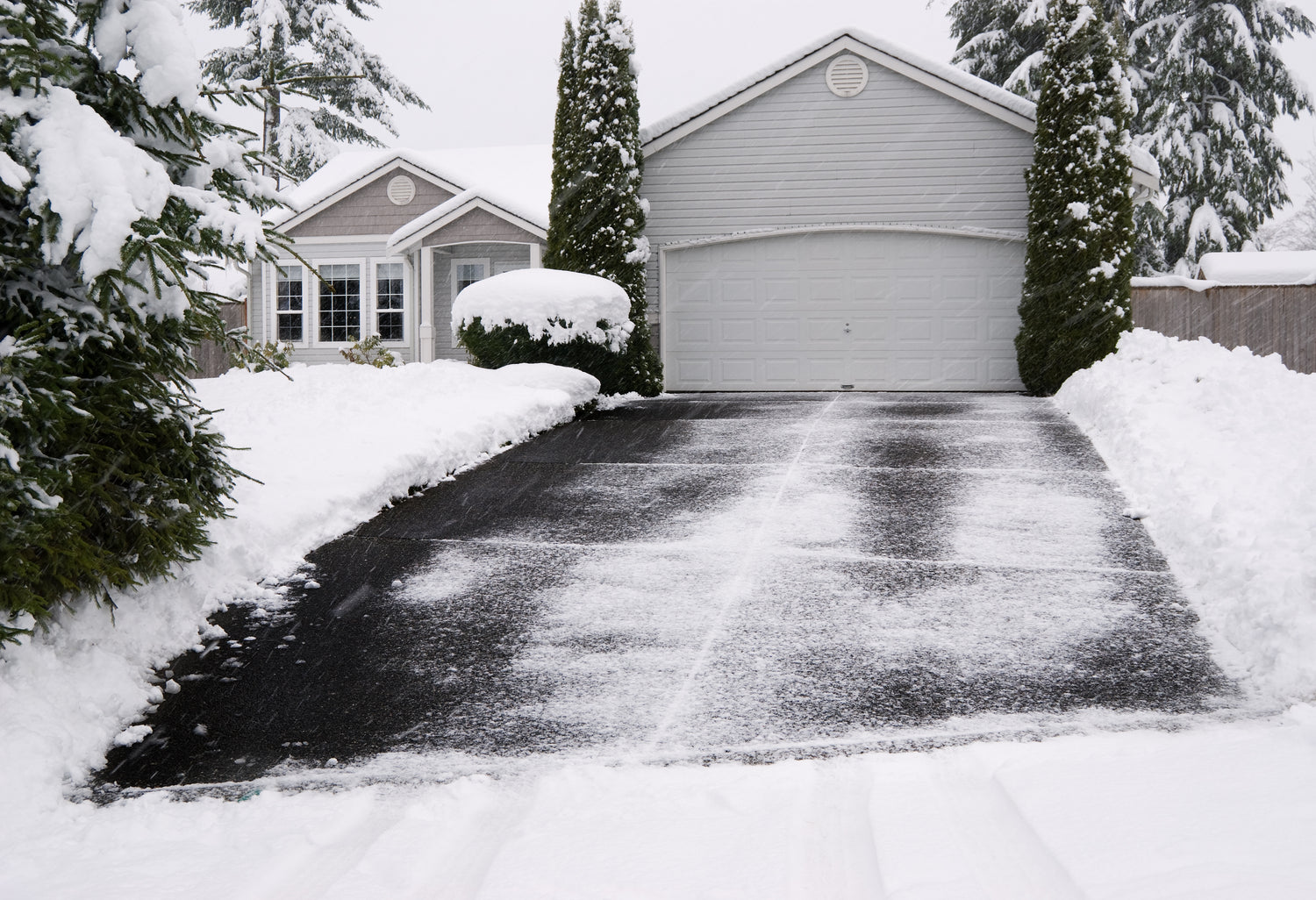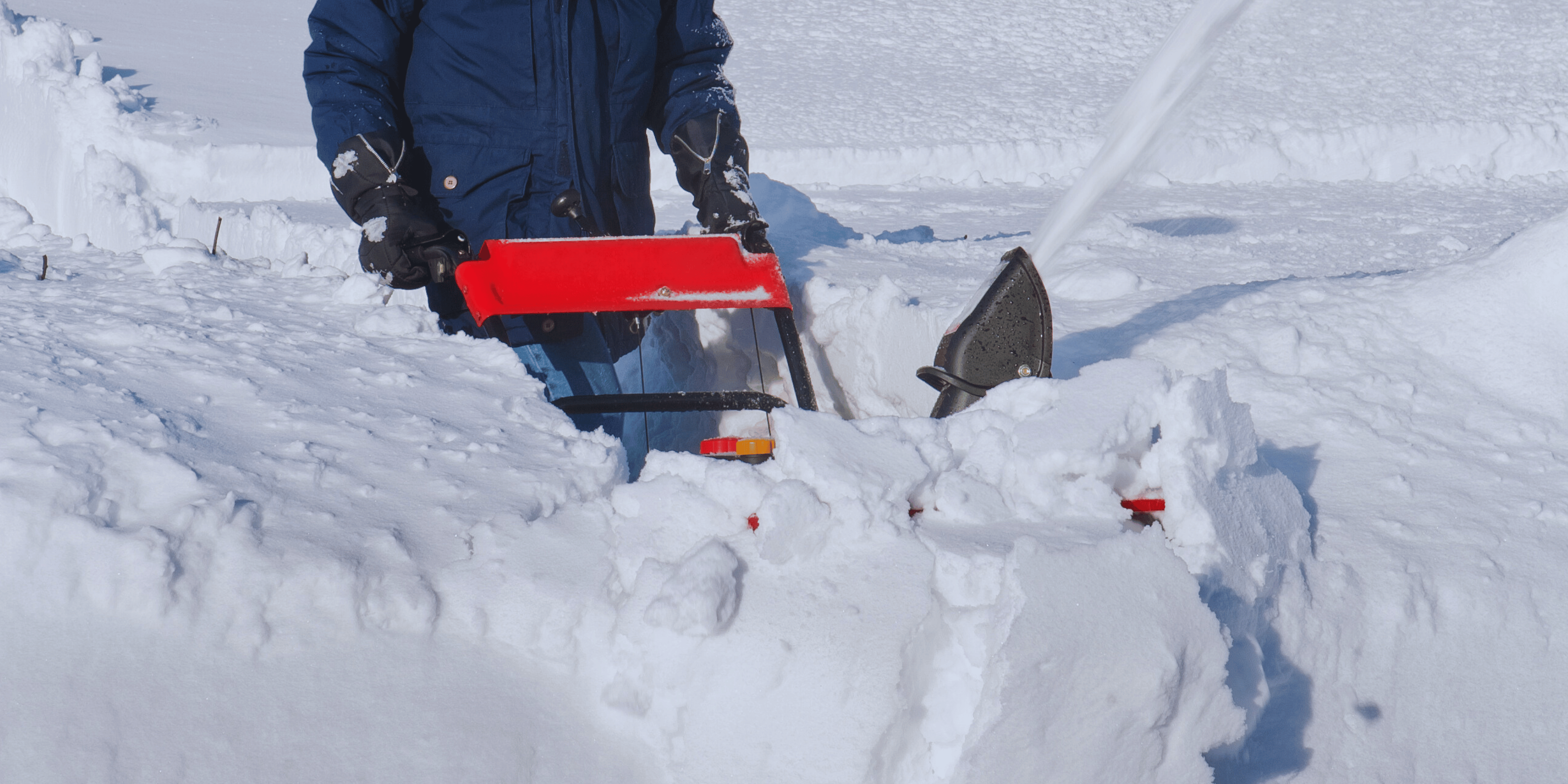Winter is a challenging time for homeowners. It's the season of constant snow shoveling, icy surfaces, and potential safety risks. Thankfully, technology has presented two major solutions to this problem: heated driveways and HeatTrak Snow Melting Mats. Both options promise to keep your driveway clear of snow and ice, but how do they stack up in terms of costs and benefits? Let's take a closer look.
Traditional Heated Driveways
Heated driveways are essentially outdoor underfloor heating systems. Two types dominate the market: electric and hydronic.
Electric heated driveways use heat-conductive cables, while hydronic systems circulate a mixture of water and antifreeze through tubing installed beneath the driveway. These systems kick in automatically when the temperature drops to a certain point, melting away snow and ice and ensuring a clear and safe driveway.
The cost of a heated driveway, however, can be considerable. It's influenced by factors such as the size of the driveway, the type of heating system, and whether it's a new or existing driveway. This is a critical factor for many homeowners considering the cost of a heated driveway.
Electric systems are generally less expensive to install but can be costly to operate. Hydronic systems, on the other hand, are more expensive to install but are typically more energy-efficient.
HeatTrak Snow Melting Systems
Unlike traditional heated driveways, HeatTrak provides a versatile, portable solution with its heating mats. Designed for both residential and commercial use, these mats are placed directly on top of existing surfaces and provide a heated path, eliminating the need for snow shoveling or de-icing chemicals.
The installation process is virtually non-existent. HeatTrak mats are plug-and-play – just roll them out, plug them into a power source, and they're ready to melt snow and ice.
In terms of cost, HeatTrak's heating mats are significantly less expensive than installing a heated driveway. They consume less energy than traditional heated driveways, resulting in lower long-term costs.
Comparing the Two
1. Installation and Maintenance
While heated driveways can provide a clear, snow-free driveway, they require a significant upfront investment in installation, especially if retrofitting an existing driveway. Maintenance costs, particularly for hydronic systems, can also add up over time.
On the contrary, the HeatTrak Snow Melting Mat systems require no installation and have minimal maintenance needs. The mats are incredibly durable, designed to withstand harsh winter conditions for many years.
2. Flexibility
Heated driveways are a fixed solution – once installed, you can't move them. Conversely, HeatTrak's heating mats offer unparalleled flexibility. You can use them wherever you need a clear path, be it your driveway, walkway, or even stairs. If you move homes, you can simply take your HeatTrak system with you.
3. Cost-Effectiveness
While both systems offer the convenience of a snow-free driveway, HeatTrak systems deliver this benefit at a fraction of the cost. Given the lower upfront investment and lower energy consumption, HeatTrak's heating mats represent a more cost-effective solution.
On average, each HeatTrak mat costs approximately $0.15 an hour to operate. Assuming the mat is on for 4-6 hours per snow day, the approximate cost to operate is between $0.60 and $0.90 a day. Alternatively, Heated Driveways cost about $3-5 per hour in operational costs.
4. Safety
Both heated driveways and HeatTrak snow melting mats are designed to enhance safety by eliminating snow and ice. However, HeatTrak's textured mats provide additional slip resistance, even when the heating elements are off, offering an extra layer of safety.
In conclusion, while traditional heated driveways can offer a great solution for maintaining a snow-free driveway, HeatTrak Snow Melting Mat systems provide a similar level of convenience with increased flexibility and at a significantly lower cost. It's a testament to how HeatTrak is revolutionizing the way we deal with the perils of winter, one mat at a time.


